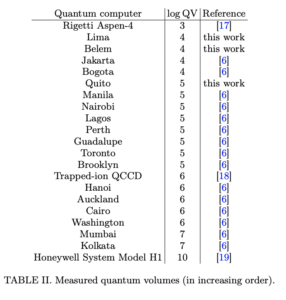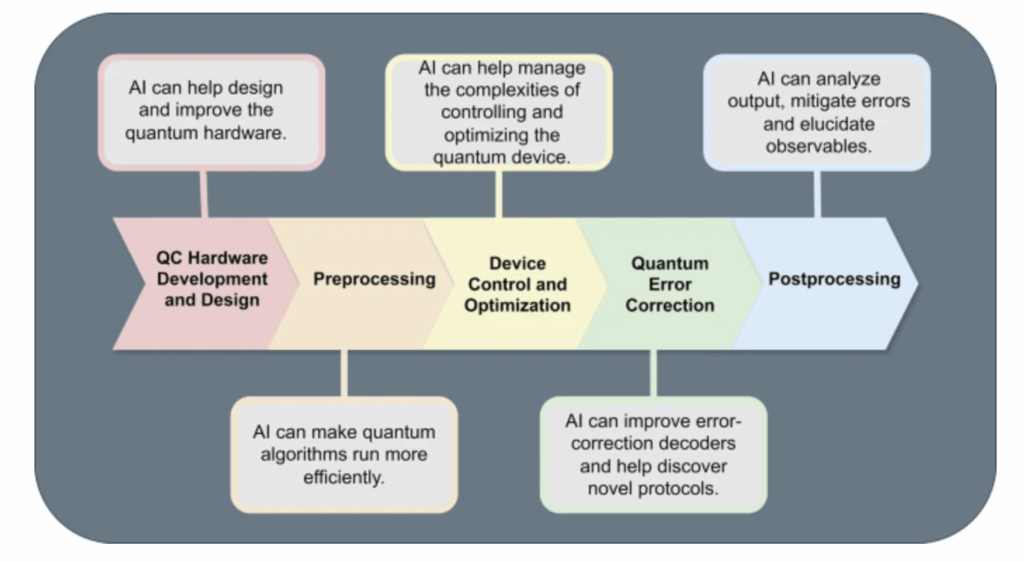
Boosting quantum volume may not be a job just for hardware makers, according to researchers from the Unitary Fund. Quantum algorithm developers can play a role, too.
In a study, the team said that they experimentally demonstrated that error mitigation improves the effective quantum volume of several different quantum computers. They define quantum volume as a metric which, generally, designates the number of usable qubits on a quantum computer. Quantum error mitigation is a specific error management technique that attempts to reduce the impact of noise in quantum computers, which are extremely sensitive to environmental interactions.
A major thrust of current efforts to increase quantum volume is through improvements to the hardware. That isn’t the only path, these scientists indicate.
“While improvements to the underlying hardware are a direct means of increasing quantum volume, the metric is ‘full-stack’ and has also been increased by improvements to software, notably compilers,” the researchers write in the paper, which was posted on the pre-print server ArXiv, .

In the paper, the team used the term “effective quantum volume” as a way to emphasize that the technique is appropriate for algorithms computing expectation values and not for algorithms requiring individual bitstrings.

The researchers also said that while quantum volume has been adopted as a benchmark for quantum computing hardware, they now suggest it might make a good benchmark for quantum error mitigation itself.
“We encourage the use of quantum volume as a benchmark for error mitigation techniques due to its relatively widespread adoption and clear operational meaning,” the researchers write.
The technique was tested on several of the leading makers of quantum computers, including IBM, Rigetti and Honeywell. A full list of the devices and their corresponding quantum volumes is available in the paper’s appending.
The Unitary Fund team included Ryan LaRose, Andrea Mari Vincent Russo, Dan Strano and William J. Zeng. LaRose is also affiliated with Michigan State University and Zeng is also affiliated with Goldman, Sachs & Co.
Unitary Fund is a non-profit group that aims to create a quantum technology ecosystem that benefits the most people.
The code used to run experiments as well as the data we collected are available at here.
The U.S. Department of Energy, Office of Science, Office of Advanced Scientific Computing Research, Accelerated Research in Quantum Computing, NASA Space Technology Graduate Research Fellowship and IBM supported the work.
For more market insights, check out our latest quantum computing news here.


















